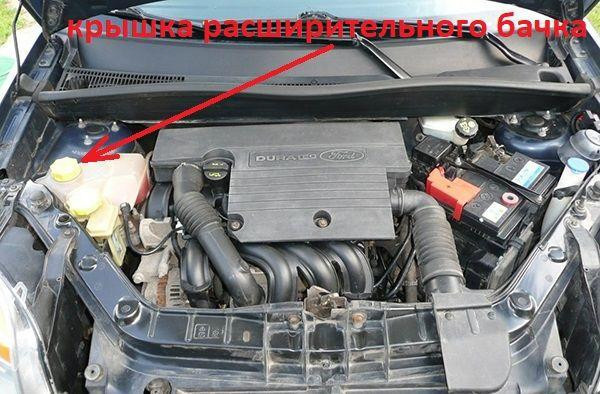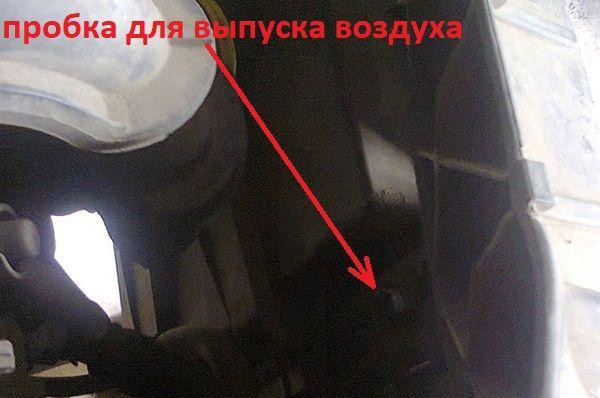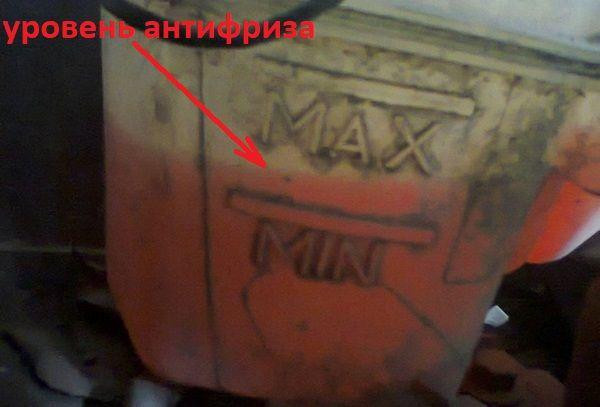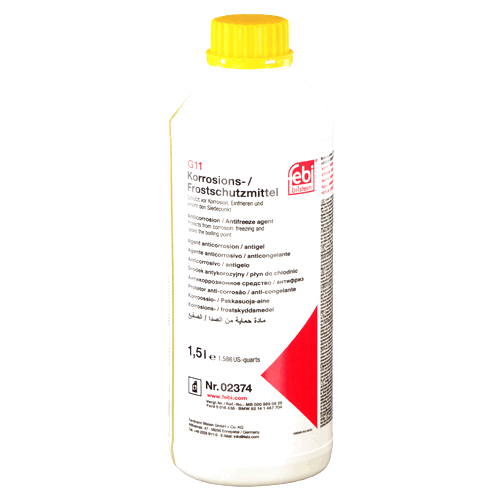
Antifreeze for Ford Fusion
Content
Replacing antifreeze in a Ford Fusion is a standard maintenance operation. To do it yourself, you need to have some skills, instructions and, of course, free time.
Stages of replacing coolant Ford Fusion
This operation must be carried out in three stages, which include emptying, flushing and filling with new fluid. Many people neglect the flushing step when replacing, but this is fundamentally not true. Since antifreeze does not completely merge with the system. And without rinsing, just dilute the old liquid with new.

During its existence, the Ford Fusion model has undergone restyling. It is equipped with petrol engines of 1,6 and 1,4 liters called Duratec. Diesel versions have exactly the same volume, but the motors are called Duratorq.
Replacement is carried out in the same way, regardless of the fuel consumption of the car. Therefore, we proceed to the stages of replacement.
Draining the coolant
Some activities are best done from a technical moat, which is why we installed a Ford Fusion on top of it. We wait until the engine cools down a little, during this time we unscrew the protection from below, if it is installed. Some bolts may rust, so WD40 will be needed. With the protection removed and open access, we proceed to the drain:
- We unscrew the plug of the expansion tank (Fig. 1).

- From the bottom of the radiator, on the driver's side, we find a plastic drain plug (Fig. 2). We unscrew it with a wide screwdriver, substituting a container under the drain to collect the old antifreeze.

- Above the radiator, on the passenger side, we find a plastic plug for air outlet (Fig. 3). We also unscrew it with a wide screwdriver.

- It may be necessary to remove the expansion tank for cleaning if there is sediment or scale on the bottom and walls. To do this, unscrew 1 mounting bolt, and also disconnect 2 hoses.
This model does not have a drain hole in the engine block, so draining the coolant from there will not work. In this regard, it is recommended to flush the system; without it, the replacement will be partial. Which will lead to a rapid loss of properties in the new fluid.
Flushing the cooling system
There are different types of washing routines, each designed for different situations. Flushing with special solutions is intended for use in case of severe contamination of the system. For example, if oil has got in or the coolant has not been changed for a long time.
If the antifreeze is replaced on time, and the drained liquid does not contain a large sediment, then distilled water is suitable for flushing. In this case, the task is to wash out the old fluid, replacing it with water.
To do this, simply fill the Ford Fusion system through the expansion tank and start the engine to warm up. We heat with regasification, turn off, let the motor cool down a bit and drain the water. We do the procedure 3-4 times, depending on how soon almost pure water will merge.
Filling without air pockets
If the flushing step was completed, then after replacing the old antifreeze, distilled water remains in the system. Therefore, we choose a concentrate as a new liquid and dilute it taking into account this residue.
We check that the drain hole at the bottom of the radiator is closed and tear off the bay:
- Pour new antifreeze into the expansion tank in a thin stream, preventing air from escaping.
- We do this until liquid comes out of the air outlet at the top of the radiator. Then close the hole with a plastic plug.
- We continue to fill in so that the antifreeze is between the MIN and MAX strips (Fig. 4).

- We warm up the engine with an increase in speed, turn off, let it cool, if the liquid level drops, then fill it.
This completes the complete replacement with flushing, now you can forget about this procedure until the next time. But some still have a question, how to see the level in the tank? To do this, pay attention to the gap between the headlight and the crossbar. It is through this gap that the markings on the tank are visible (Fig. 5).
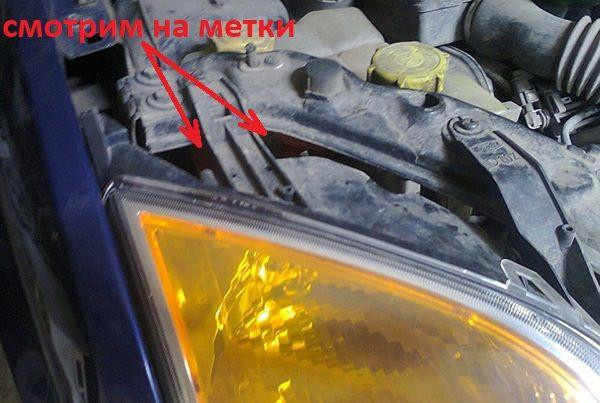
When replacing this model, if everything is done correctly, air jams happen quite rarely. But if it was formed suddenly, it is worth driving up the hill so that the front of the car rises and, as it should be, on gas.
Frequency of replacement, which antifreeze to fill
In Ford Fusion cars, as in many other models of this brand, the manufacturer recommends replacing every 10 years. Subject to the use of the original product of the company.
But not everyone reads the recommendations, as well as the instructions, so it is often impossible to determine what is flooded there when buying a non-new car. Therefore, the best way out of the situation would be to replace all technical fluids, including antifreeze.
If you want to forget about replacement for a long period of time, you should use genuine Ford Super Plus Premium product. It is produced in the form of a concentrate, which makes it the most suitable for our purposes.
Well, if you prefer to use analogues from other manufacturers, then when choosing, you should look for antifreeze that meets the WSS-M97B44-D tolerance. It corresponds to some Lukoil products, as well as Coolstream Premium. The latter, by the way, is used for primary filling at factories in Russia.
How much antifreeze is in the cooling system, volume table
| Model | Engine power | How many liters of antifreeze is in the system | Original liquid / analogues |
|---|---|---|---|
| Ford Fusion | 1.4 gasoline | 5,5 | Ford Super Plus Premium |
| 1.6 gasoline | Airline XLC | ||
| diesel 1.4 | Coolant Motorcraft Orange | ||
| diesel 1.6 | Premium Coolstream |
Leaks and problems
This model has been on the market for quite some time, so there is an image about the most common problems, as well as leaks. Therefore, it will be easier to describe it with a list:
- Expansion tank covered with microcracks;
- Expansion tank cap valve jammed;
- The thermostat gasket starts to leak over time;
- The thermostat itself starts to work incorrectly over time or sticks;
- Pipes wear out, leading to leakage. Especially about the hose that goes to the stove;
- The heater core is leaking. Because of this, the cabin may smell of antifreeze, as well as get wet under the feet of the driver or passenger.
